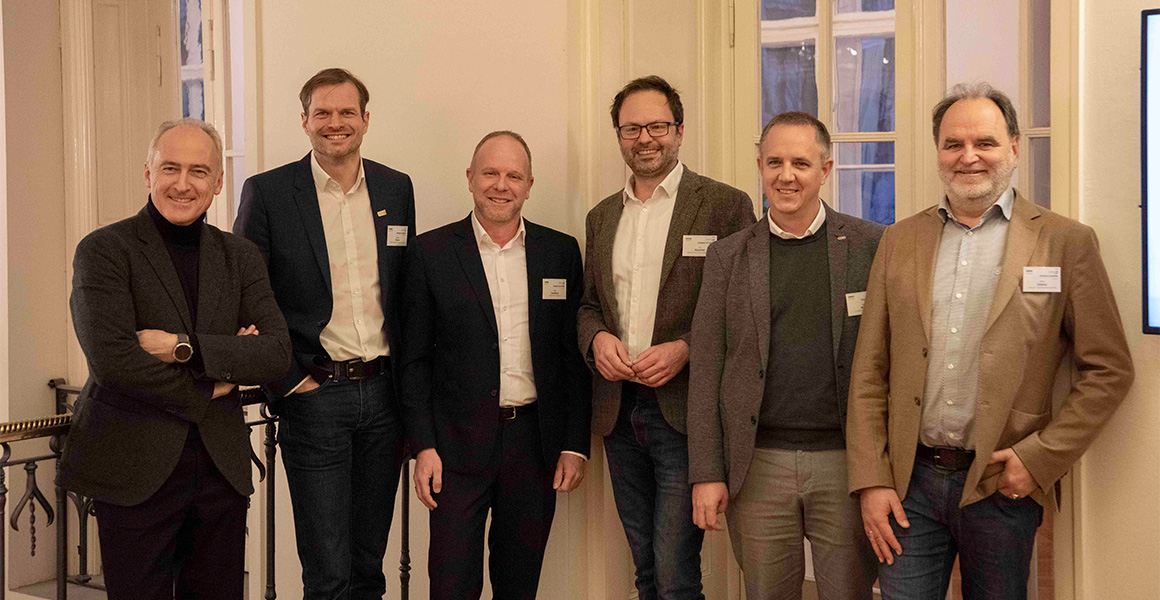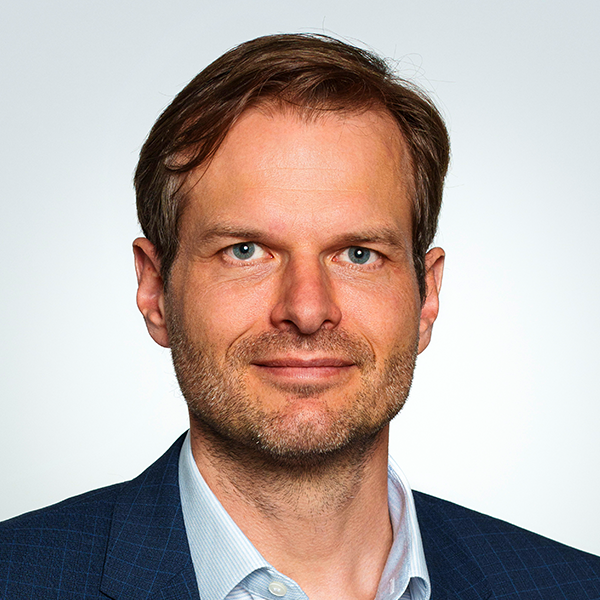How do you connect rural regions with urban centres? And how do you do this in the most sustainable and environmentally friendly way possible? The answer is: the railway. It is one of the most important means of transport for people and goods. Public rail transport is becoming increasingly important as a low-emission mode of transport. Public transport is currently experiencing a renaissance. This is a good thing, but requires investment in infrastructure. The second Rail Forum, a discussion event organised by JOANNEUM RESEARCH, is dedicated to this topic.
Andreas Solymos, transport expert and Head of Planning Management and Infrastructure at Holding Graz as well as Managing Director of MUM ("Modern Urban Mobility"), is on a mission to constantly improve the attractiveness of public transport in Graz. This transport system moves more than 100 million people every year. A reason to further expand and improve the infrastructure. Solymos presented the "Graz city centre relief" transport project in its entirety, from tree protection and archaeological finds, to rail construction and pipeline infrastructure, to communication and compensation for local residents.
Gernot Winter, Head of Infrastructure at GKB Graz-Köflach Bahn und Busbetrieb GmbH, discussed the challenges of improving rural rail transport to connect with cities. The goal is to increase provincial transport to 20% by providing an environmentally friendly service for commuters. Investment will be made in automation and infrastructure, particularly with the introduction of the Koralm Railway.
The economist Eric Kirschner from JOANNEUM RESEARCH POLICIES took up the topic of the Koralm railway. He led the study on the impact of the Koralm railway on the region. According to Kirschner, the only way to relieve peripheral regions in terms of migration is to connect them to the urban agglomeration. He sees the Koralm railway as a unique opportunity for south-eastern Austria. According to his findings, distances will become shorter and railway stations along the route will have a positive impact on the demographic development of peripheral regions.
Finally, Phillip Sandheigl from NEXTSENSE GmbH presented the latest developments on the market for wheelset maintenance. Automated measurement and data storage of wheelsets allows infrastructure wear to be planned well. The trend is moving from manual measurements to automated processes, i.e. the operator sends his rail vehicles via measuring points and receives automated analyses. This saves costs and increases safety. Predictive maintenance is the answer to requirements such as the optimisation of maintenance cycles, the prediction of wear behaviour, material optimisation, maximum repeat accuracy, human-robot collaboration and diverse data connections.
Matthias Rüther, DIGITAL-Director hosted the event.


